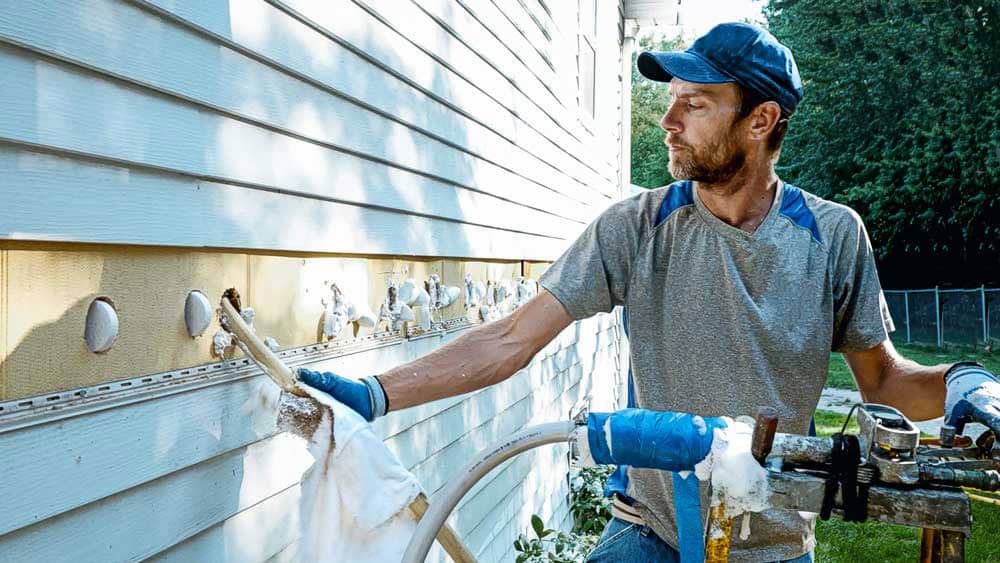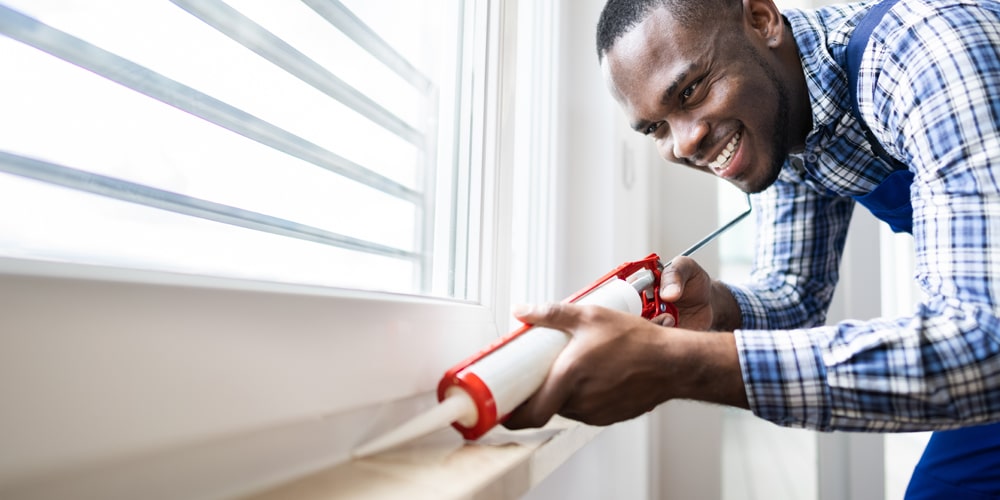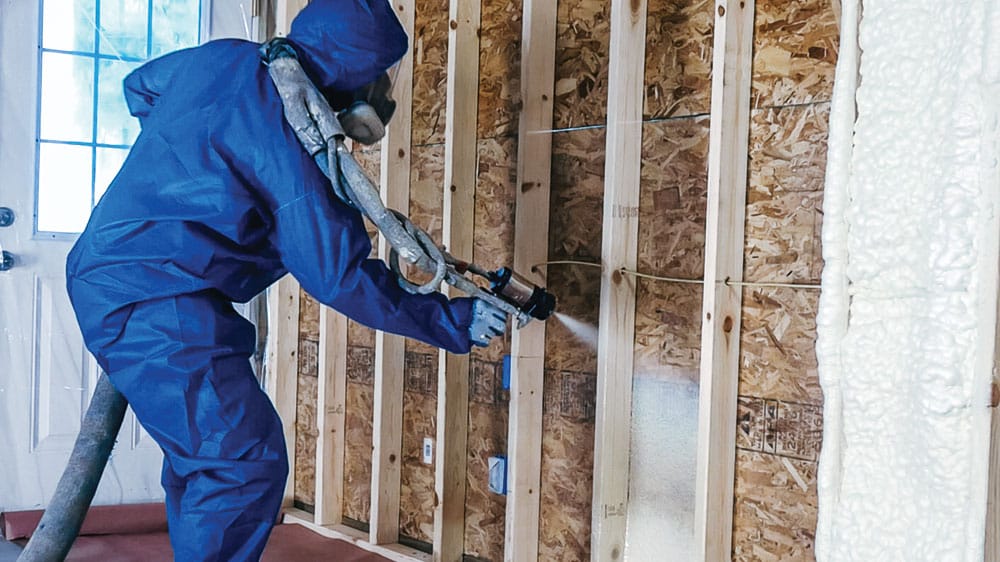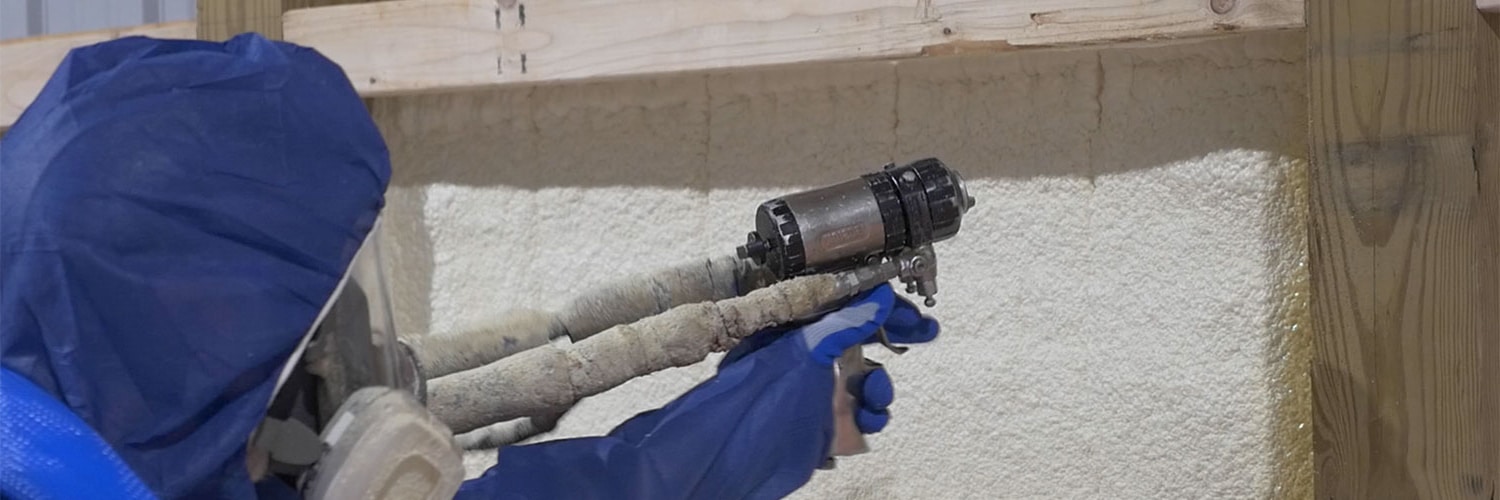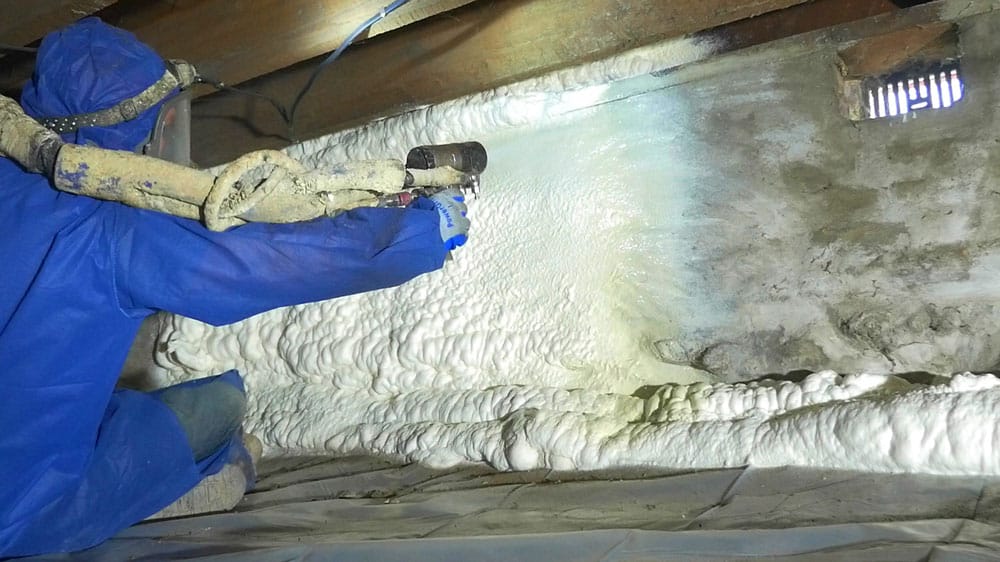You’re tired of dealing with drafty rooms and skyrocketing energy bills, so it’s finally time to add insulation to your existing walls.
But the big question is, what is the best insulation for finished walls?
If you’ve been looking into your options, you’ve probably come across RetroFoam injection foam insulation and blown-in cellulose. Both of these materials can be installed without tearing down your drywall, making them excellent options for existing walls. But some key differences can make or break your decision.
At RetroFoam of Pittsburgh, we believe that every homeowner should be well-informed before choosing an insulation material. So, let’s dive into a comprehensive comparison of these two options to help you make the best choice for your home.
How to Insulate Existing Walls Without Removing the Drywall
Before we get into the specifics of each material, let’s talk about the installation process.
One of the best things about both injection foam and blown-in cellulose is that they can be installed from outside of your home, saving you the hassle of a full-blown remodel.
Installation Process for RetroFoam and Blown-In Cellulose
Both RetroFoam injection foam and blown-in cellulose insulation involve a similar installation process, which is great for homeowners who don’t want to rip out their drywall.
Here’s how it works.
- Siding Removal: A row of siding is removed around the entire exterior of your home.
- Drilling Holes: Small holes are drilled into each stud cavity from the outside.
- Injecting or Blowing In Insulation: The insulation material, either RetroFoam or cellulose, is injected or blown into the wall cavities.
- Sealing and Replacing Siding: Once the insulation is in, the holes are sealed, and the siding is reattached.
This process works for most types of siding, but if your home has something other than vinyl or aluminum, be sure to check out our Install Process for more details.
Now that you know how it works, let’s get into the specifics of each insulation type.
Adding Insulation to Finished Walls: Blown-In Cellulose
Blown-in cellulose is a budget-friendly option for adding insulation to existing exterior walls.
It’s made of recycled materials, such as newspaper or denim, making it an environmentally friendly choice.
Pros of Blown-In Cellulose
- Cost-Effective: One of the biggest advantages of blown-in cellulose is that it’s cheaper than foam insulation.
- Environmentally Friendly: Since it’s made from recycled materials, cellulose insulation is a more eco-friendly option compared to some alternatives.
Cons of Blown-In Cellulose
While saving money is great, blown-in cellulose does have its downsides.
- Air Leakage: Cellulose doesn’t create an air seal, which means drafts and air leaks can still occur. This can result in energy loss, cold floors, and uncomfortable rooms.
- Messy Installation: Even though the insulation is installed from the outside, it can still make a mess inside your home. Cellulose can spill out of outlets, light switches, and around ductwork.
- Settling Over Time: Cellulose has a tendency to settle over time, which can reduce its effectiveness and leave gaps in the insulation coverage.
Injection Foam Insulation for Existing Walls
RetroFoam injection foam is the premium option for insulating exterior walls in existing homes.
It costs more than cellulose, but there’s a good reason for that. Injection foam insulation is known for its high performance and ability to create a complete air seal in your walls.
What is RetroFoam Injection Foam?
RetroFoam is a tripolymer-based resin that forms foam when mixed with a foaming agent and water.
The injection foam has the consistency of shaving cream, allowing it to spread and fill every nook and cranny inside the wall cavity. This means it wraps around electrical wires, pipes, and other obstructions to ensure complete coverage.
Pros of RetroFoam Injection Foam
- Air Seal: RetroFoam creates an airtight seal, which prevents drafts and air leaks, making your home more energy-efficient and comfortable year-round.
- Superior Performance: The foam doesn’t settle over time, maintaining its effectiveness for the life of your home.
- Sound Dampening: Injection foam also reduces outside noise, making your home quieter and more peaceful.
Cons of RetroFoam Injection Foam
- Higher Cost: The upfront investment is higher compared to blown-in cellulose. However, the energy savings and increased comfort often make it worth it in the long run.
- Rare Wall Damage: In rare cases, pre-existing damage to your drywall or if the foam is installed incorrectly can cause the drywall to bow or crack. That is uncommon but something to be aware of.
How to Add Insulation to Existing Walls in Pittsburgh
When it comes down to it, the best insulation for existing walls depends on your priorities.
If budget is your main concern, blown-in cellulose might be the way to go. But if you’re looking for superior energy efficiency and long-term performance, RetroFoam injection foam is the clear winner.
Adding insulation to finished walls without removing the drywall is a game-changer for homeowners in Pittsburgh. Not only does it improve your home’s comfort, but it can also lower your energy bills and reduce noise transmission from outside.
RetroFoam of Pittsburgh is here to help you make the best decision for your home. If you want to learn more about the benefits of RetroFoam injection foam, be sure to check out our Learning Center. We have plenty of articles, videos, and resources to guide you through your insulation journey.
If you’re ready to take back control of your home’s comfort and energy efficiency, give us a call at 412-228-4506 or fill out the form on our website.

